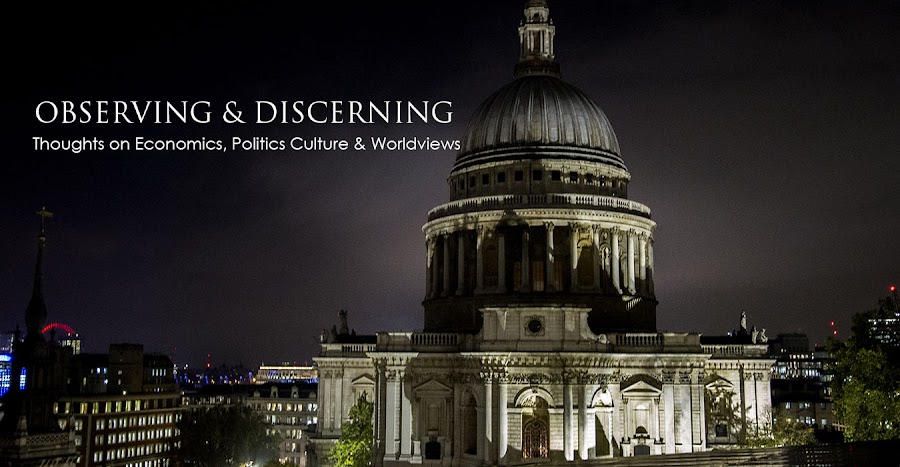Q. Firstly, would you say that yoga is both a spiritual as well as
physical practice? A. Yes, in it’s pure
form. One practices physical Yoga in order to facilitate the seated meditative
posture for extended periods. Physical Yoga facilitates a long straight spine
and wide open hips.
Q. If so, can the physical be separated from the spiritual and if so,
how? A. The physical can be separated
from the spiritual, but then the Yoga just becomes a physical exercise. This
can be practiced at a therapeutic and health level, no problem.
Q. Lastly, are there any physical, mental or spiritual side effects or
dangers associated with yoga and if so can you tell me about these? A. There can be some contraindications to the
physical practice of Yoga, but these are not usually a problem with an
experienced teacher who can provide modifications, No dangers, at least not
with my teaching!
Stefanie Syman, who has practiced yoga for over 15 years and is
author of The Subtle Body, an historical account of yoga in America, makes it
clear that despite the wide variety of practices, yoga cannot be fully
extricated from its spiritual roots. She
explains that it has been transformed over the past few decades from an exotic,
‘heathen’ practice into a central component of physical and mental health. Dr. Al Mohler of Southern Baptist
Theological Seminary, concludes after reading Stefanie's book:
Americans have turned yoga into an exercise ritual, a means of
focusing attention, and an avenue to longer life and greater health. Many Americans attempt to deny or minimise
the spiritual aspects of yoga – to the great consternation of many in India…The
bare fact is that yoga is a spiritual discipline by which the adherent is
trained to use the body as a vehicle for achieving consciousness of the divine.[2]
Another yoga entrepreneur in my village put her card through
my letterbox last November and I took this as a research opportunity. I asked Jayne Blackman about the origin and
purpose of yoga. In her reply she said:
I think essentially all forms of yoga have the same aim, which is to
help to bring peace and flexibility to the body, mind and spirit. Each school
has their own particular slant or emphasis, I have attached here a link to the
Sivananda site, which gives you a really concise summary on one page of the
purpose and elements of yoga that work together: http://www.sivananda.org/teachings/. The reason I personally love doing yoga
and what I want to share through teaching is the deep sense of calm and relaxation
it can bring to both the body and mind, which then has a positive effect on how
we live our lives on a daily basis, or it can do, depending on what we do with
it! In my classes I combine the
physical postures with continual focus on breathing and relaxation as a way to
really get the full benefits of the practice.
When I looked at the website she referenced, I found that it says, ‘the Four
Paths of Yoga all lead to the same place – union with the Divine,’ and I told
her that I thought that this clearly indicates that yoga is a spiritual
practice and that I was concerned about the spiritual impacts of yoga,
including long term and eternal. She responded, ‘I
completely respect your exploration and believe everyone has to find what is
right for them. There is no ultimate truth, only what is true for ourselves.’
I am really quite dumbfounded that yoga instructors, many of whom have trained with traditional Hindu yogic organisations, can look us in the eyes and tell
us that the spiritual aspects of yoga can be separated and removed from the physical. It’s disingenuous at best and dangerous at
worst. What we should see much more of
are disclaimers or warnings attached to all advertisements for yoga, meditation
and mindfulness classes like the one which appeared in the August 2011 issue of
Richmond Magazine. It had this message at the bottom of an article about yoga
and an ad for a class:
The inclusion of this article does not in any way imply
endorsement of the Eastern philosophy underpinning yoga, or acceptance of yoga
as a spiritually neutral or value-free exercise, on the part of Richmond
Magazine.

.jpg)
No comments:
Post a Comment